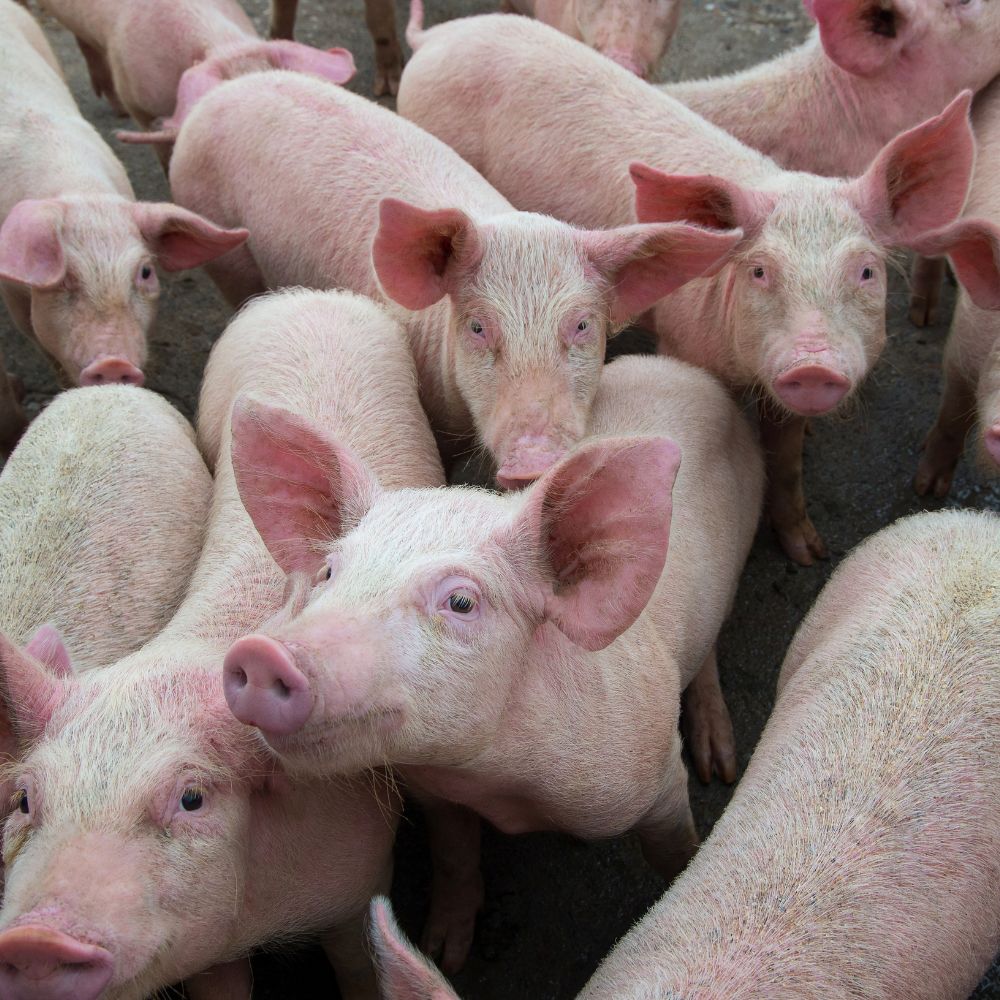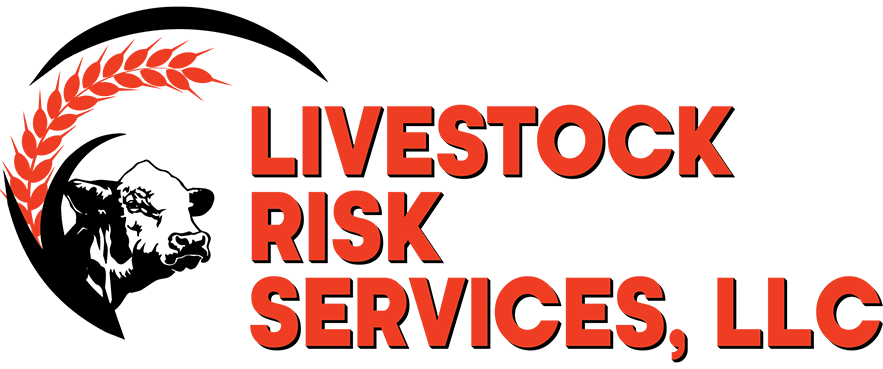Secret Aspects to Take Into Consideration When Choosing Livestock Danger Defense (LRP) Insurance
When examining alternatives for Animals Threat Defense (LRP) insurance policy, numerous key factors warrant careful consideration to guarantee efficient risk management in the agricultural industry. Selecting the ideal protection alternatives customized to your details animals procedure is vital, as is recognizing just how superior expenses correlate with the level of defense supplied. In addition, the qualification requirements for different sorts of animals and the flexibility of the policy to adjust to altering situations are critical aspects to consider. The performance and transparency of the claims procedure can substantially impact the total experience and monetary end results for animals producers. By purposefully navigating these critical variables, producers can safeguard their financial investments and alleviate potential threats efficiently.
Protection Options
When thinking about Animals Risk Security (LRP) insurance, it is necessary to understand the different coverage options offered to alleviate dangers in the farming industry. Livestock Danger Protection (LRP) insurance uses different coverage alternatives customized to meet the varied demands of livestock manufacturers.
Another important coverage option is the recommendation period, which identifies the size of time the insurance coverage is in impact. Producers can pick the endorsement period that ideal fits their production cycle and market problems. Furthermore, coverage degrees and rates differ based on the kind of animals being insured, offering producers the flexibility to personalize their insurance coverage plans according to their certain demands.
Understanding the various protection options readily available under Livestock Risk Protection (LRP) insurance policy is critical for manufacturers to make educated choices that successfully safeguard their animals procedures from market uncertainties.
Premium Prices

Livestock Threat Security (LRP) insurance policy gives important insurance coverage choices customized to reduce threats in the agricultural field, with a significant element to take into consideration being the calculation and structure of premium prices. When identifying premium expenses for LRP insurance policy, numerous elements come right into play. These consist of the type and variety of animals being guaranteed, the coverage level picked, the current market value, historic rate data, and the length of the coverage duration. Insurance firms might additionally take into consideration the area of the ranch, as geographical elements can affect the general threat account.
Premium prices for LRP insurance policy are normally determined based on actuarial information and risk assessment versions. Insurance providers assess historic data on livestock costs and production prices to determine an appropriate costs that shows the level of risk involved. It is important for animals manufacturers to carefully examine premium prices and insurance coverage choices to guarantee they are appropriately safeguarded versus possible economic losses due to negative market conditions or unanticipated occasions. By comprehending just how premium expenses are computed and structured, manufacturers can make educated choices when picking the best LRP insurance coverage plan for their operation.
Qualified Animals
The decision of qualified animals for Livestock Danger Security (LRP) insurance coverage involves careful consideration of specific requirements and features. Animals kinds that are typically eligible for LRP insurance coverage include feeder livestock, fed lambs, livestock, and swine.
Feeder livestock, for instance, are frequently qualified for LRP protection if they fall within defined weight ranges. Fed livestock may also be qualified, however they should meet particular weight and high quality grade requirements. Swine eligible for protection typically consist of market weight animals intended for massacre. Lambs are another group of livestock that can be thought about for LRP insurance, with variables such as weight and age playing a vital role in identifying their eligibility.
Before picking LRP insurance for animals, producers should very carefully examine the qualification criteria detailed by the insurance supplier to ensure their pets fulfill the needed requirements for protection.
Plan Flexibility
Policy adaptability in Livestock Threat Security (LRP) insurance coverage allows producers to tailor coverage to match their specific needs and risk management techniques. This flexibility encourages livestock producers to tailor their insurance policy policies based on aspects such as the type of animals they possess, market problems, and specific danger tolerance levels. By providing adjustable choices, LRP insurance policy enables producers to effectively manage their danger direct exposure while safeguarding their animals procedures versus unforeseen market volatility.
Cases Refine
Upon experiencing a loss or damage, producers can initiate the claims process for their Livestock Risk Protection (LRP) insurance coverage by quickly contacting their insurance coverage provider. It is important for producers to report the loss immediately to expedite the insurance claims procedure. When connecting to the insurance provider, producers will this contact form require to supply in-depth details concerning the incident, consisting of the date, nature of the loss, and any type of relevant paperwork such as vet documents or market costs.

After the analysis is complete, the insurance policy service provider will decide click here to read pertaining to the case and interact the outcome to the manufacturer. If the insurance claim is approved, the manufacturer will get settlement according to the terms of their Animals Threat Defense (LRP) insurance plan. Bagley Risk Management. It is vital for producers to be knowledgeable about the cases procedure to guarantee a smooth experience in case of a loss

Final Thought
In verdict, when selecting Animals Threat Defense (LRP) insurance policy, it is vital to think about protection choices, premium prices, eligible livestock, policy flexibility, and the insurance claims process. These essential aspects will assist make certain that breeders and farmers are effectively secured against possible threats and losses related to their animals procedures. Making an informed choice based upon these considerations can eventually cause better monetary security and tranquility of mind for animals manufacturers.
Animals Danger Defense (LRP) insurance policy supplies various coverage choices customized to satisfy the diverse demands of animals manufacturers.The determination of eligible animals for Animals Threat Defense (LRP) directory insurance coverage involves mindful factor to consider of details criteria and features.Plan flexibility in Livestock Danger Protection (LRP) insurance allows manufacturers to customize protection to fit their details requirements and run the risk of monitoring strategies.Upon experiencing a loss or damages, producers can launch the claims procedure for their Animals Danger Security (LRP) insurance by without delay calling their insurance policy provider.In verdict, when choosing Animals Danger Security (LRP) insurance policy, it is crucial to take into consideration coverage alternatives, premium costs, qualified animals, plan flexibility, and the claims procedure.